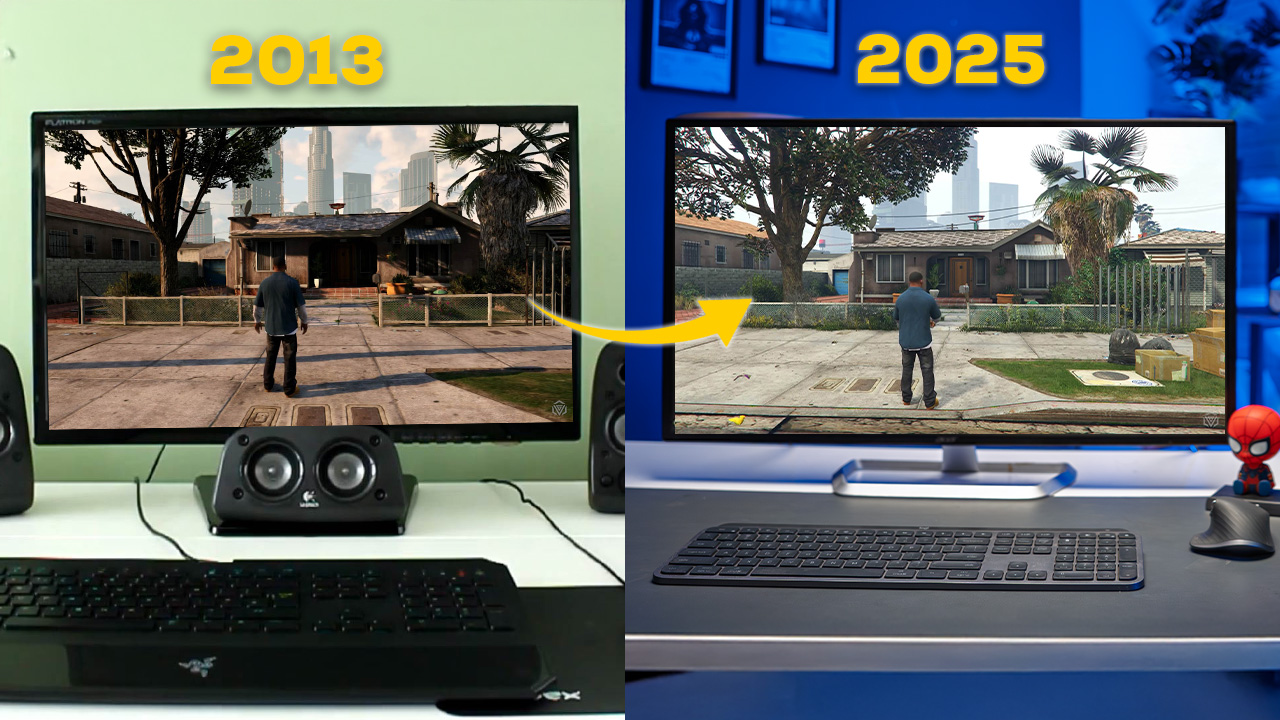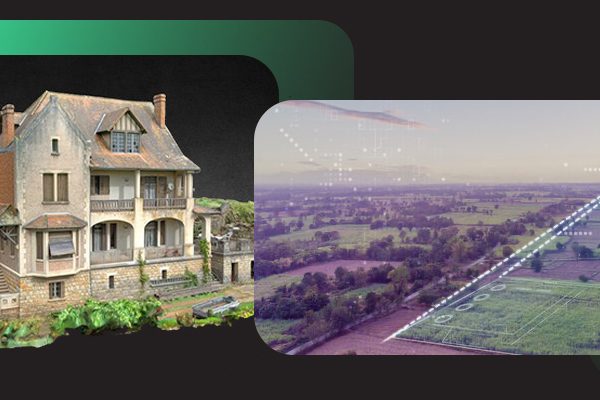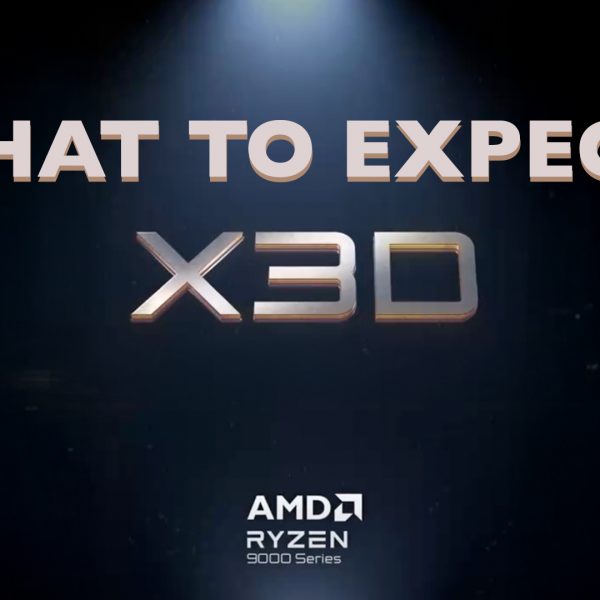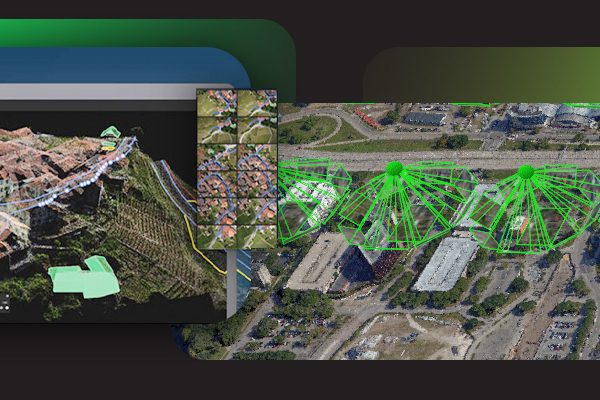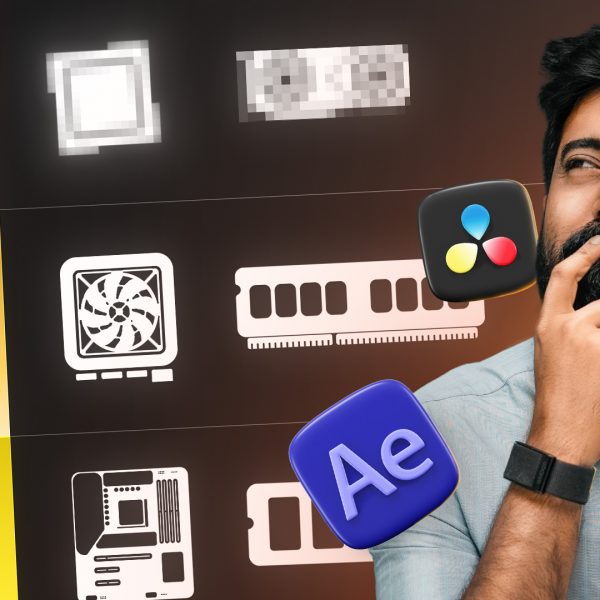When GTA V launched on PC in 2015 the average gamer was running a dual-core processor and just with 1 GB of VRAM, according to Steam’s Hardware Survey. Fast forward to 2025, and we now have computers that are much more powerful. But the question is: Are games evolving at the same pace as our hardware?
Let’s take a look at how PC Gaming has evolved over the last decade, powered by freely available Steam data, and understand what’s better, what’s not, and why GPUs are more expensive than ever.
Steam Data: What’s everyone actually using?
Steam’s Hardware Survey is one of the most reliable sources of data on what gamers are using today. It collects info on everything from CPU core count to GPU model and RAM from millions of users every month.
Why does Steam even track your hardware?
Because developers need to know what their audience is running. It helps them optimize games and decide on minimum and recommended specs. It’s also a window into how quickly new tech like ray tracing or DLSS is being adopted.
In 2015, dual-core processors were the norm. You could get by with an Intel i3 and still play most games. Today, six-core CPUs (like the Intel i5 or AMD Ryzen 5) have become the most common choice among gamers.
GPU Trends
In 2015, GPUs like the GTX 660, 760, and 970 were leading the pack. These cards had 2–4 GB of VRAM and no ray tracing support.
Today, the most popular GPUs are:
- RTX 4060
- RTX 3060
- GTX 1650
It’s clear that NVIDIA’s 60-tier GPUs dominate each generation. Why? Because they hit the sweet spot between price and performance, especially for 1080p gaming.
But here’s something interesting:
The jump in performance between the RTX 3060 and 4060 is surprisingly small. In some workloads, the 4060 even has fewer CUDA cores. The generational leap isn’t what it used to be.
The Console Comparison
To understand what’s going on with visuals, let’s look at consoles.
The jump from PS2 to PS3 was huge.
But from PS4 to PS5, it’s much less dramatic—especially in visual fidelity.
Why the slowdown?
Game models are built using polygons—lots of them.
Going from 600 to 6,000 polygons? Massive visual upgrade. Going from 6,000 to 60,000? Harder to notice.
This means photorealism gets more expensive and requires much more powerful hardware—but delivers smaller improvements.
RTX, DLSS, and the Future of Game Development
To fight this problem, companies like NVIDIA introduced:
- Ray Tracing – for more realistic lighting
- DLSS – for better performance at higher resolutions
Want to learn more? We did a full breakdown of DLSS and RTX [ Gaming can only be saved by AI – Here’s Why | TheMVP ].
Do Graphics Still Matter?
Sure, visuals can enhance immersion. But they also get outdated.
Art Direction is Timeless.
Games like Shadow of the Colossus, Bloodborne, and Silent Hill still look amazing today—not because of hardware, but because of its Art Direction.
So if you’re running a 3060 or similar, you’re not missing out. You’re getting:
- Great 1080p performance
- Access to modern features like ray tracing
- A GPU that will hold up for years—especially with DLSS in your corner
Conclusion
While the global market favors 60-tier cards, in India, we’ve seen something different.
We’ve shipped thousands of PCs, and our data shows that cards like the RTX 4070 and 5070 are more popular than their 60-tier counterparts.
Why?
Most buyers in India aren’t just building for gaming. They use their systems for: Professional workloads (3D rendering, video editing, AI, etc.) and gaming as a secondary use-case. So they’re willing to invest a bit more upfront for a long-term, versatile machine.
If you want to build a PC that’s perfect for your needs, talk to one of our expert configuration specialists. Call us on our toll-free number or visit one of our stores across the country and we’ll help you choose the right parts, no guesswork needed.
Until next time—Happy Gaming!

